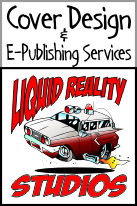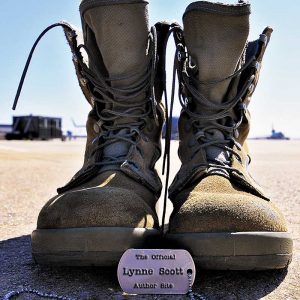Referring to item seven and eight in my previous post, I have spent more than one morning on Amazon looking at product descriptions simply trying to figure out what I think makes a good blurb. What I discovered was that blurbs are like covers – some were great works of art and some were so God-awful they made me point and giggle. Blurbs vary greatly by genre as you might expect. After all the emotionally charged words that would intrigue a romance reader would hardly work well for a military action novel. I also discovered that some of the biggest writers in the world don’t even have a damn blurb.
I did find this to be an entertaining way to spend a morning. I decided to look at several different genres to see how the blurbs vary. I started with romance, knowing that the pointing and giggling would put me in a good humor. It did. However, it was also an incredible revelation to the variety of styles. As I went through the other genres I found many of the same unusual things. I’ll use romance as the examples – and no it’s not to pick on them, it’s because we all get the story line, so there’s no confusion.
Standard blurb:
Girl meets boy, reason they can’t be together, will their love be strong enough to survive the situation?”
Non-standard blurbs:
Bullet statements – I kid you not. I saw several instances where rather than write a paragraph, the author (or publisher) simply made a list of story points. I found this in several genres.
Ex:
Susie Q is rich and willful, but is unhappy because (fill in a reason)
Derek P is a self-made man who’s sick of the rich and willful.
John Q thinks his daughter Susie needs a life lesson and cuts her off.
Derek P hires Susie Q and sparks ensue when he finds out who she really is.
I have nothing against the book – it’s probably a well written romance, but this is not a blurb. This is a pitch to an editor: “I’ve written this story…” and then the four lines above. That may sell an editor, but it’s a lousy sales pitch for me as a reader.
The snippet: The author picks a particular bit of their story to use as their blurb. This is not a new style of blurb. We’ve been seeing this for years, but it’s still not the norm. Sometimes in romance, it’s a steamy lead in or a moment of conflict. In military or action, it’s the moment where the hero either faces his nemesis or is in danger of not surviving the conflict. I’d much rather see this than the bullet statement style. At least with this style, I can see if the writer is okay or just a superlative junkie.
The non-blurb:
The most annoying of all product descriptions is the one that doesn’t exist. This is where either the author (or more likely the editor) has inserted a review of the book.
Ex:
(Insert author name) has written another sweeping historical romance that will leave you breathless. More pretty prose about the author’s style and past magnificence, but nothing about the damn book.
If I already know the author I may not really need a blurb, but it annoys me to be stuck with a bunch of reviews and backslapping instead of something about the story.
Dear authors and publishers – a non-blurb is just freaking rude. If you think you don’t need one fine, don’t enter one, but don’t shove someone’s happy smoke up my tailpipe. That’s not a description. There’s a review section for that crap.
The only time I have ever found this useful is if the review is negative. I recently clicked onto an author’s new book to find a review in the product description that began with, “Mr. (author’s name) normally writes taut and exciting thrillers. This is not one of them.” I actually read the rest of the review then. The reviewer went on to say that the author (who he had become quite fond of from his earlier books) had become “hit or miss” in his recent releases and this was not one of the good ones. Now, what nimrod publisher posted that in the product description instead of the blurb? If I was the author, I’d be changing publishers.
After a long morning, I came to the simple conclusion that less is more when it comes to a blurb. Two to three sentences should be enough to get the reader interested. But, I also believe that simple is better. All the adjectives and adverbs in the world will not make your blurb better if you don’t have something interesting to begin with.

